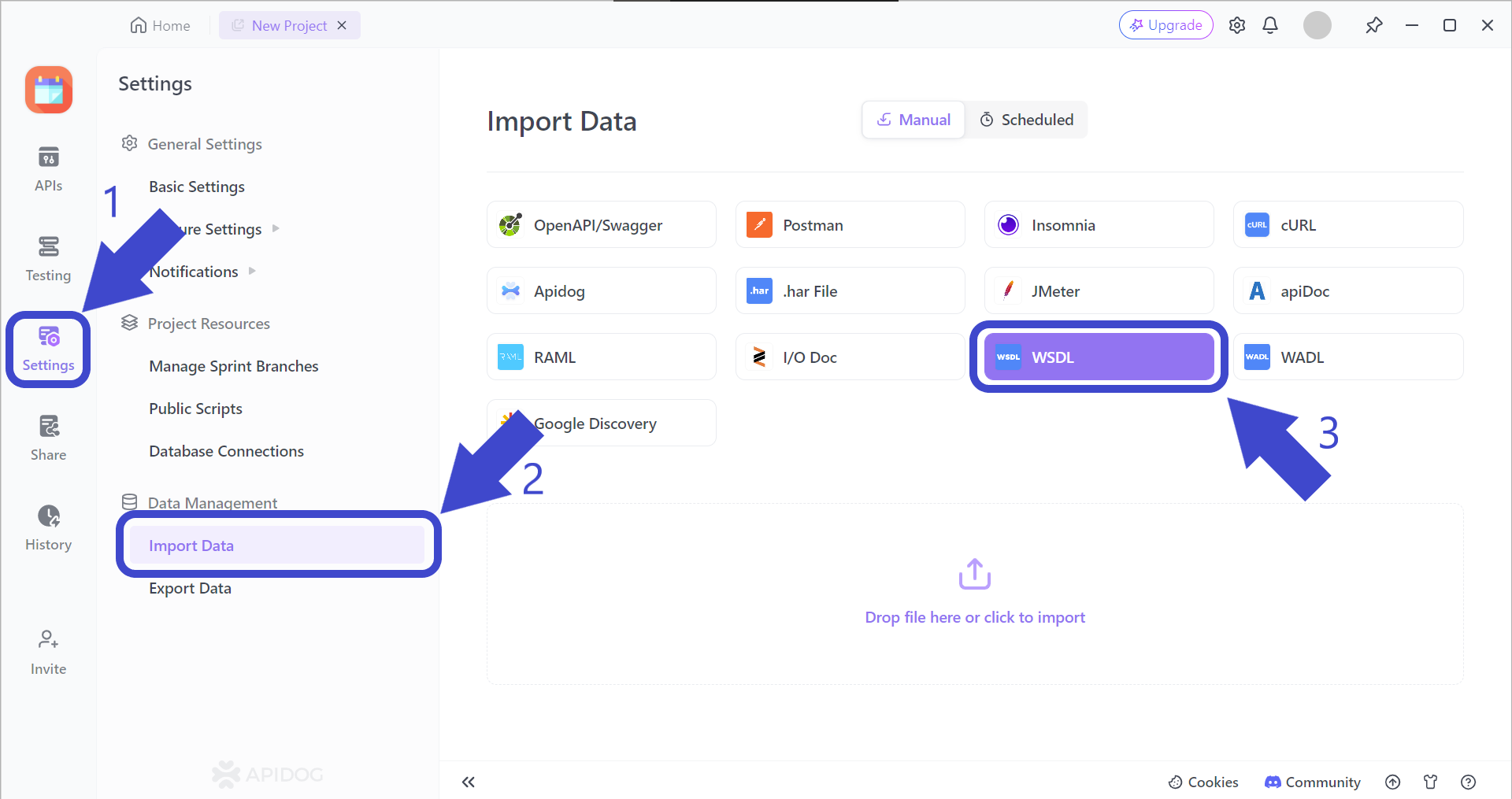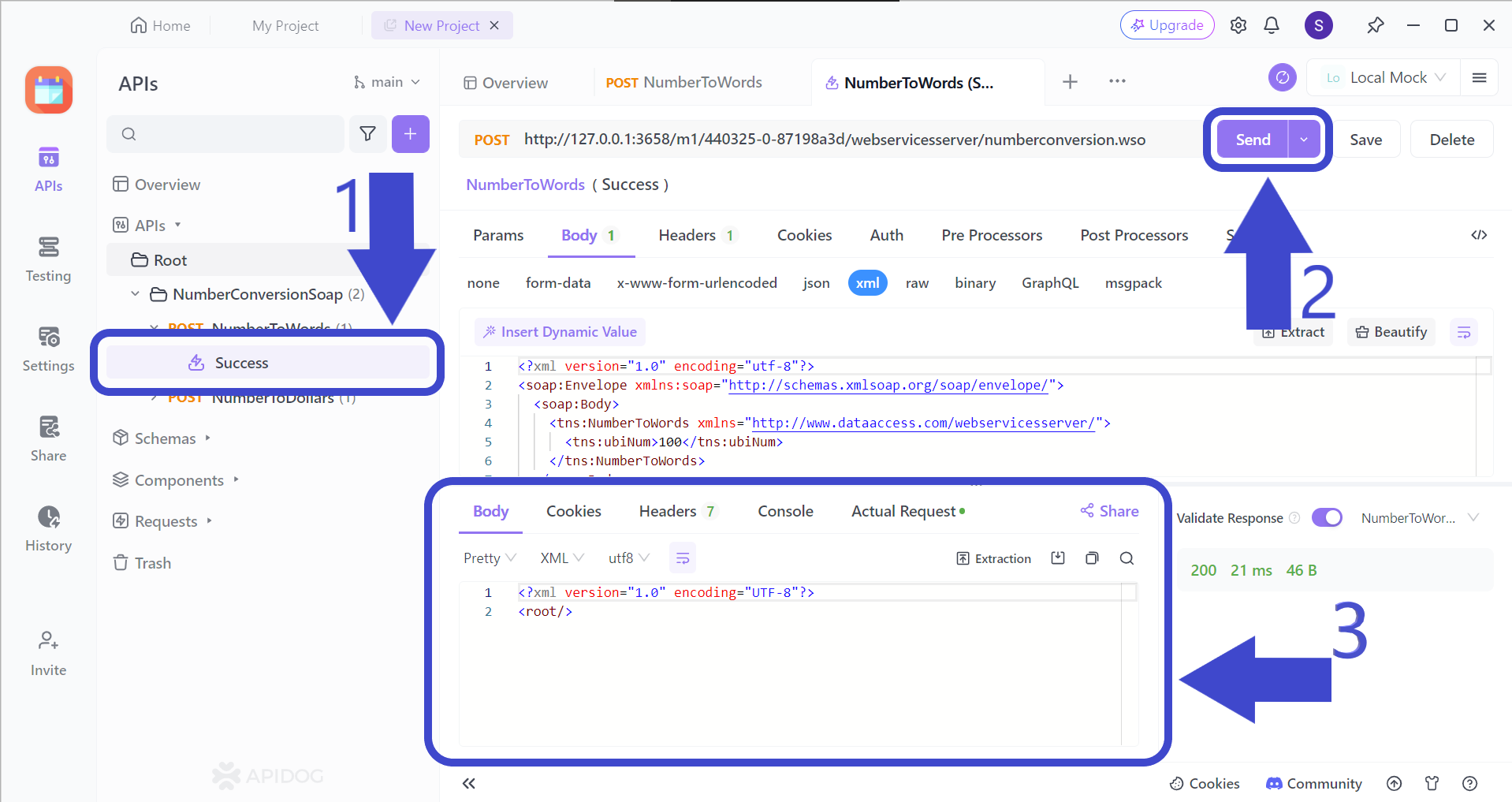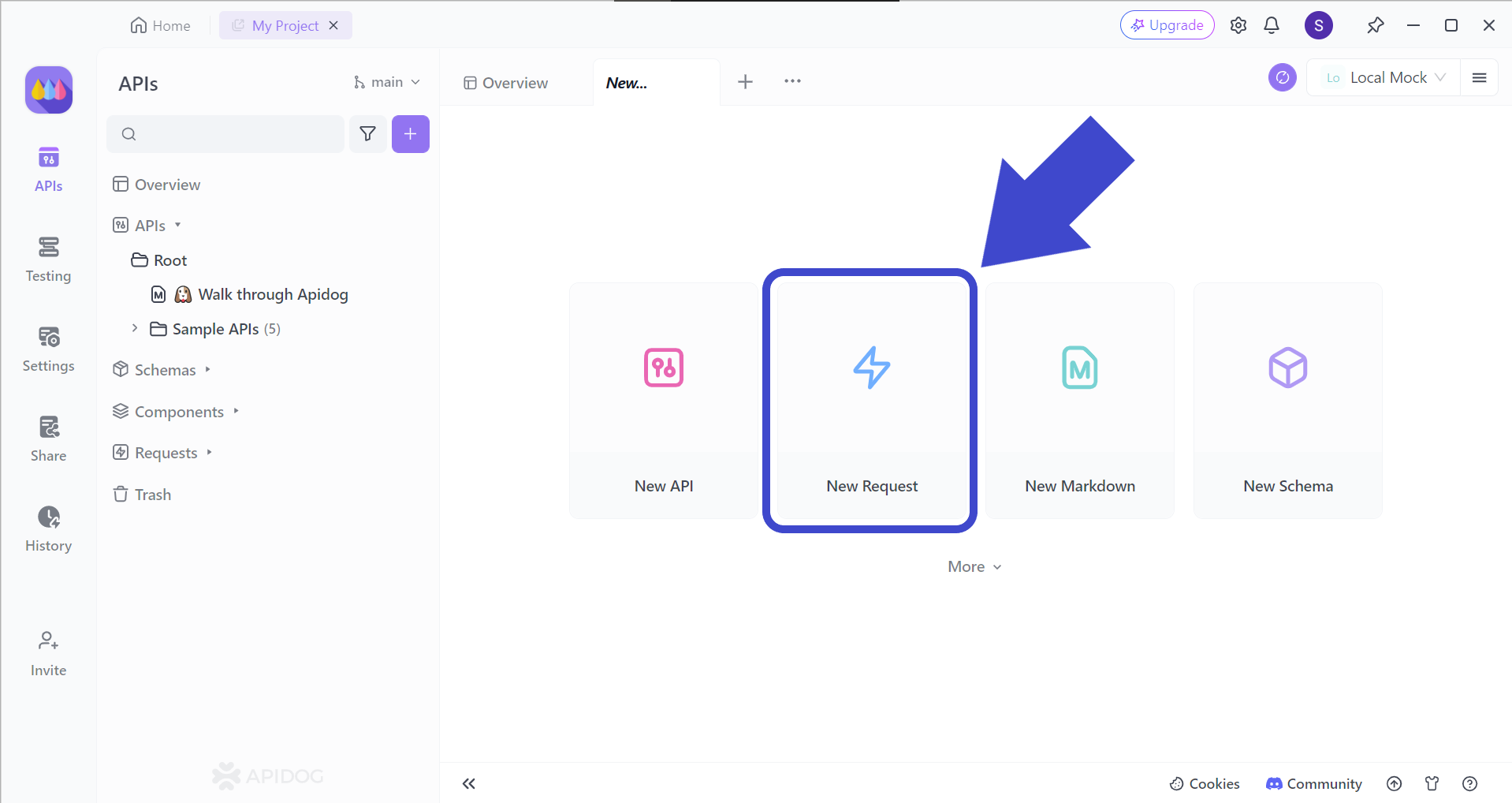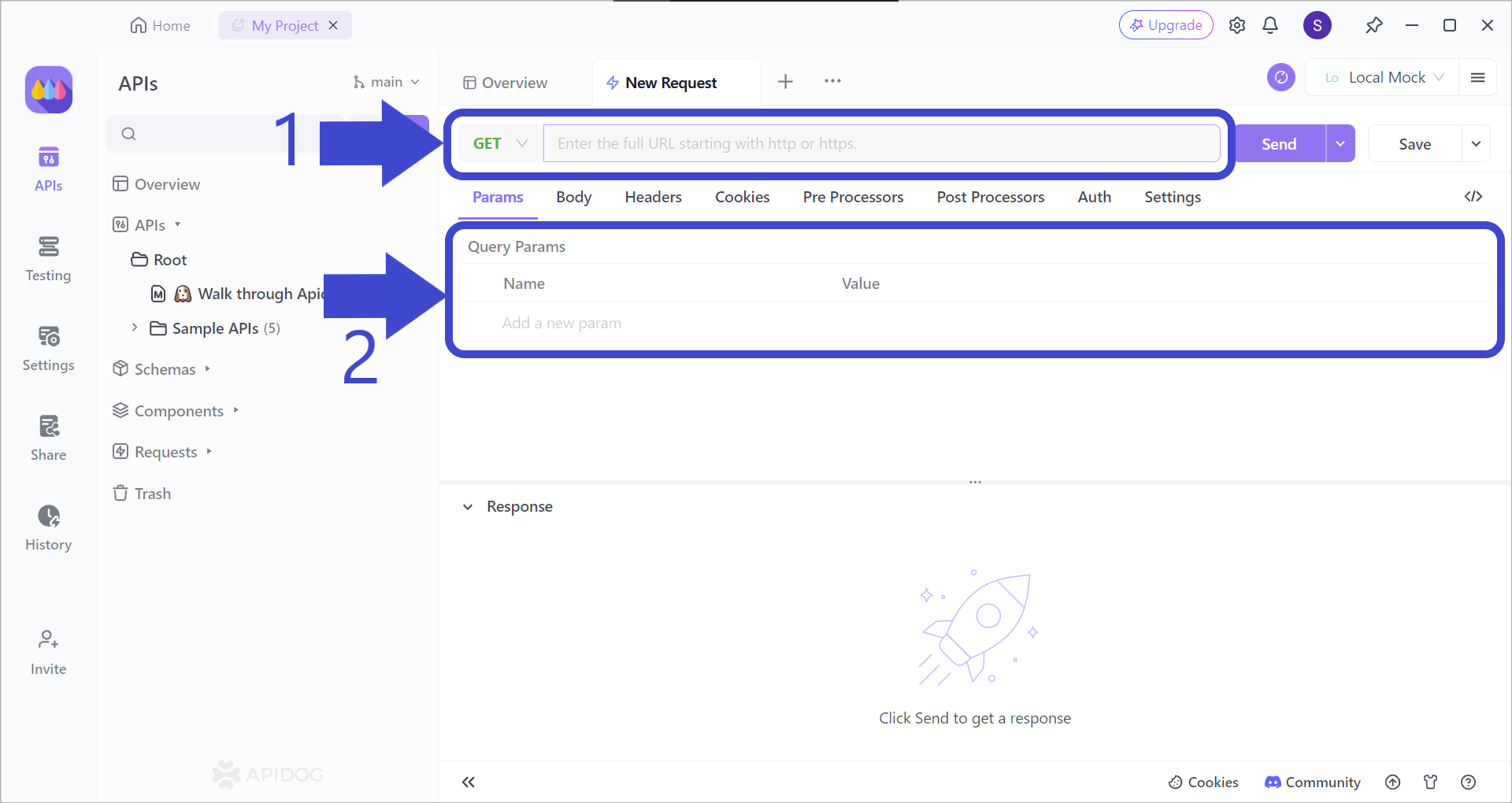The phrase "SOAP Fetch" is a combination of two terms that are popular in the web development scene. If the phrase were to be split apart, it would refer to two completely different concepts, which will be explained briefly.
However, "SOAP Fetch" will usually refer to a web service provider or user using the Fetch API to debug a SOAP API.
What does SOAP mean?
SOAP stands for Simple Object Access Protocol, a protocol that defines rules for structuring messages. The SOAP protocol is used to ensure the exchange of structured information in web services or systems that are part of a network.
Because of SOAP, programs or applications running on different operating systems can now communicate with one another!
Key Characteristics of SOAP
XML-Based Format: SOAP messages are typically encoded in XML (eXtensible Markup Language). This XML-based structure provides a standardized way to represent data, making it easier for both applications and human users to read and understand.
Message Structure: A SOAP message usually consists of an envelope that defines the structure of the message, including optional header and body elements. The envelope encapsulates the actual data being sent.
Protocol Independence: SOAP is designed to be independent of the underlying transport protocol. While it can work over HTTP, it can also be used with other protocols such as SMTP, FTP, or others. This flexibility in protocols makes SOAP a popular protocol to deploy and implement for web service providers.
Standards-Based: SOAP is often associated with a set of web services standards, such as WSDL (Web Services Description Language) for describing the services and their methods, and UDDI (Universal Description, Discovery, and Integration) for service discovery.
Simple SOAP Stock Price Request Example
Here is a simple SOAP request example. There are a lot more examples of SOAP APIs out there, but they will all have a similar structure!
<SOAP-ENV:Envelope xmlns:SOAP-ENV="http://www.w3.org/2003/05/soap-envelope" xmlns:example="http://example.com">
<SOAP-ENV:Header/>
<SOAP-ENV:Body>
<example:GetStockPrice>
<example:StockName>ABC</example:StockName>
</example:GetStockPrice>
</SOAP-ENV:Body>
</SOAP-ENV:Envelope>In this example, the SOAP message requests the stock price for a stock named "ABC".
What does Fetch Refer to?
In the context of web development and APIs (Application Programming Interface), fetch refers to the process of making an HTTP request to a server to retrieve data or perform actions.
The "fetch“ term is also closely associated with the Fetch API in JavaScript.
What is Fetch API?
The Fetch API is a JavaScript interface that provides a way for web service providers and users to make HTTP requests and handle responses. It is designed to be more flexible and powerful than the older XMLHttpRequest, offering a cleaner syntax and working seamlessly with Promises.
Key Features of the Fetch API
Promise-based: The Fetch API uses Promises to handle asynchronous operations, making it easier to write clean and readable asynchronous code.
Request and Response objects:
- Request: Represents an HTTP request that allows you to configure details like method, headers, and body before making the actual request.
- Response: Represents the response to an HTTP request that includes information such as status, headers, and body.
Support for different HTTP methods: The Fetch API can support various HTTP methods like GET, POST, PUT, and DELETE, allowing developers to perform different types of actions.
Simple Fetch API GET Request Example
fetch(url)
.then(response => response.json())
.then(data => console.log(data))
.catch(error => console.error('Error:', error));This example demonstrates a simple GET request to a specified URL, where the response is processed in two chained .then() callbacks. Any errors are caught in the .catch() callback.
Debugging SOAP API using the Fetch API
Although it is possible to debug SOAP APIs using the Fetch API, it may not be the most optimal solution available for you.
The reason would be that SOAP APIs have complex XML-based (eXtensible Markup Language) messages, while the Fetch API is usually written in JavaScript and designed primarily for working with APIs with RESTful principles.
Since the Fetch API may not be the best choice for debugging a SOAP API, consider these easier and more effective alternatives instead:
SOAP Debugging Tools and API Platforms:
There are numerous SOAP debugging tools and API platforms available that allow you to inspect and analyze SOAP requests and responses. These tools often provide a user-friendly interface for visualizing XML messages, checking headers, and troubleshooting any issues.
Some examples of tools and platforms are SOAPUI, Postman (with support for SOAP), and Apidog, which can let you modify the SOAP API files to perfect them!
Logging on the Server Side:
If you have access to the server hosting the SOAP API, you can add logging or debugging statements to the server-side code. This allows you to see detailed information about incoming SOAP requests and outgoing responses.
Apidog - Powerful API Development Tool
Apidog is an API platform that allows anyone to build, modify, test, debug, and a lot more that involves APIs. It is a lot easier to configure and make the changes needed to your SOAP API once you have finished testing it.
Importing SOAP-related WSDL File to Apidog

Arrow 1 - Locate the "Settings" button on the vertical sidebar.
Arrow 2 - Locate the "Import Data" tab under "Data Management"
Arrow 3 - Select the "WSDL" button under "Import Data"
Testing the SOAP API's Request(s)

Arrow 1 - Select the specific request that needs to be selected.
Arrow 2 - Click the "Send" button once the request URL has been specified.
Arrow 3 - Observe the response received after the request has been sent.
Simulating Fetch API with Apidog
You can also simulate what the Fetch API does by making API requests on Apidog!

First, begin by initializing a new request on Apidog.

Arrow 1 - Make sure to specify the method type that you would like to create, and add the URL for the request.
Arrow 2 - include all the necessary parameters and additional details needed for the request to be successful.
Conclusion
While the Fetch API itself may not be the best tool for debugging SOAP APIs, combining it with other debugging tools and techniques can help you gain insights into the communication between your application and the SOAP API, allowing you to understand how APIs function.
Ultimately, it is up to you how you want to debug your SOAP API, so have fun and enjoy the process!
![[Tutorial] Testing SOAP API With Fetch API](https://assets.apidog.com/blog/2024/02/testing-soap-api-with-fetch-api-cover.png)


